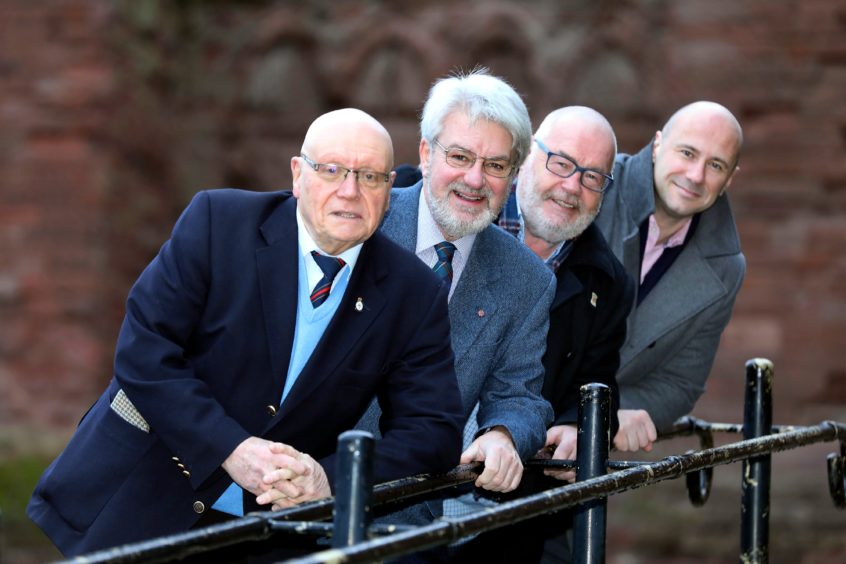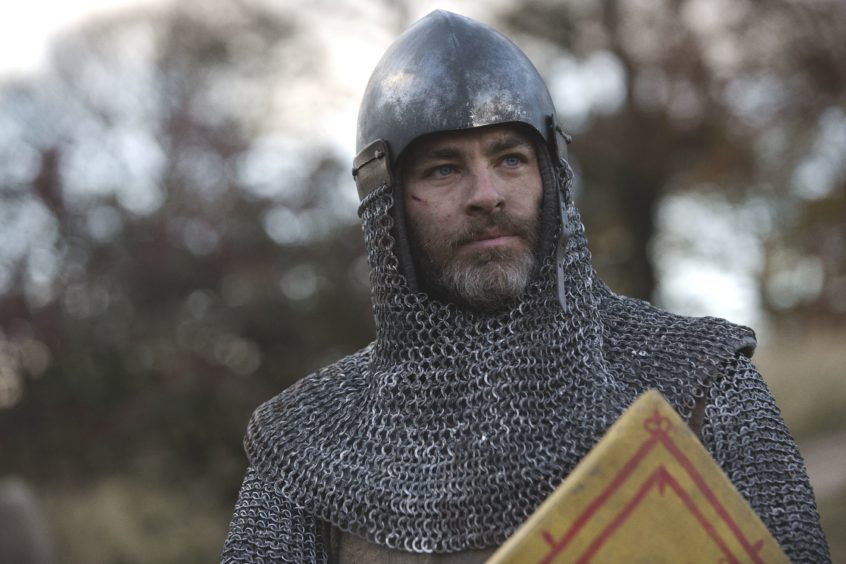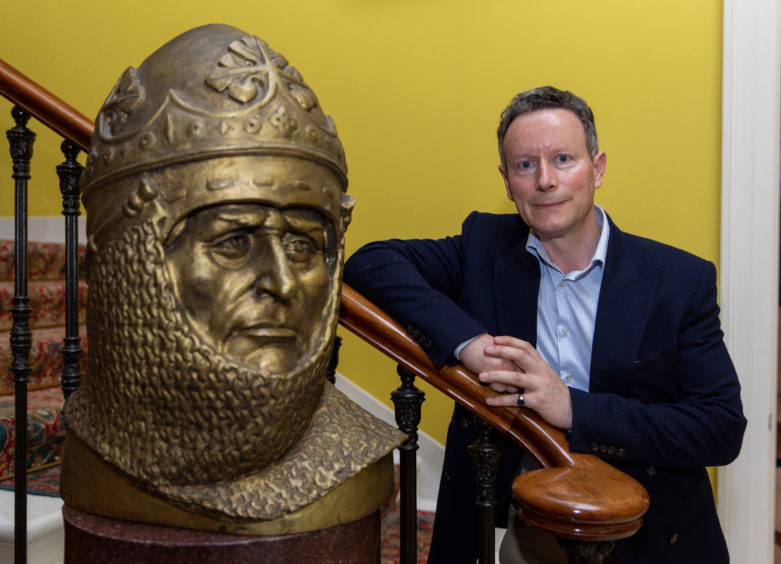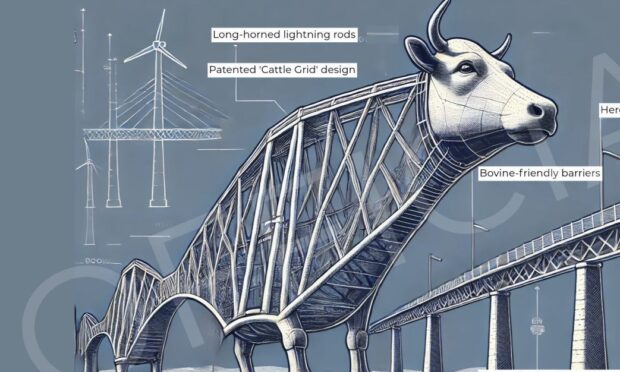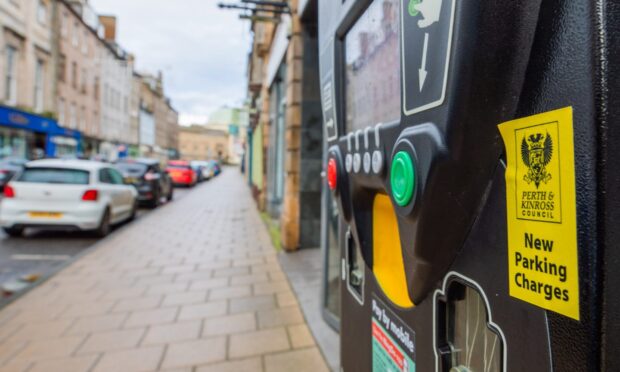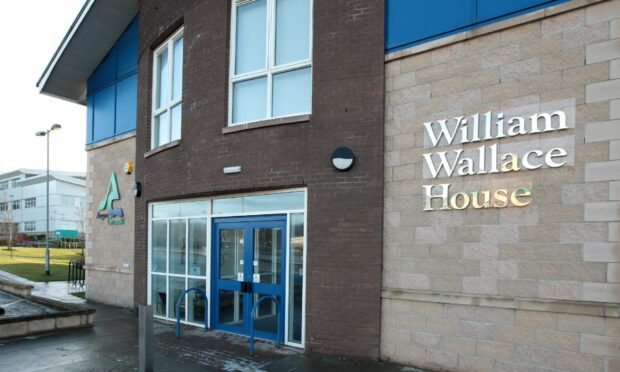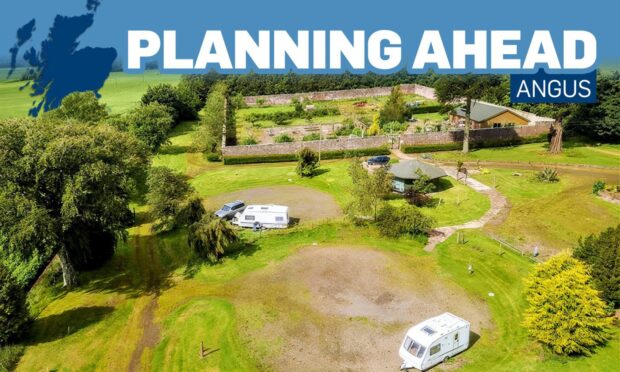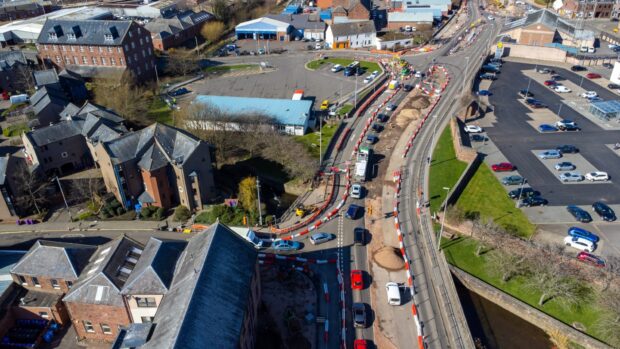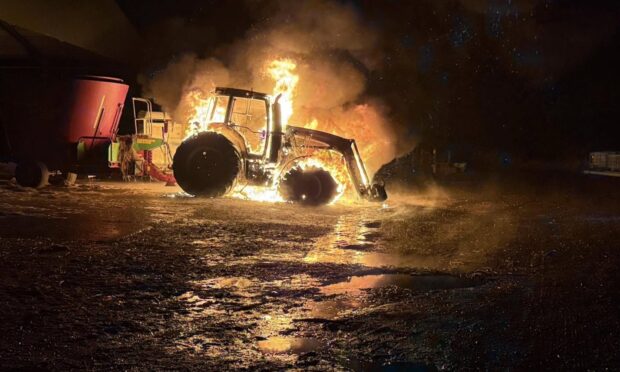Parts of Courier Country could cash in on links with King Robert the Bruce after the success of hit film Outlaw King.
With preparations under way to celebrate the 700th anniversary of the Declaration of Arbroath, signed by Scottish nobles in the presence of Bruce, history enthusiasts are putting together a ‘Bruce Trail’ of locations associated with the medieval monarch.
The project has already won the backing of Fife based Lord Bruce, a direct descendant of the warrior king.
Angus Council leader David Fairweather said: “We know that locations used for shooting popular TV programmes and films in Tayside and Fife have given a very welcome £5m boost to the economy, with fans keen to visit the places where filming took place.
“Some of these, such as the Outlaw King film have reinvigorated an interest in Scottish history, and in Angus we are ideally placed to attract visitors to the hugely significant real-life places associated with the reign of Robert I.
“There is a huge potential here to increase visitor numbers, which will also have wider economic benefits, for example boosting the accommodation and catering sectors.”
The principal location in Angus associated with Bruce is Arbroath Abbey.
As well as the location of the signing of the Declaration of Arbroath, it is almost certain that Bruce commissioned the grave tablet for the abbey’s founder, King William the Lion, which is still on display there.
Bruce also buried his infant son, John at Restenneth priory just outside Forfar in 1327, and the priory continued to enjoy the patronage of David II, John’s twin brother during his reign.
Historian Norman Atkinson said: “There are a number of key locations in Angus whose connection with the Bruce is not widely known, such as Redcastle at Lunan Bay, which Bruce granted to the Campbells for their crucial early support of his aims.
“There are also other links such as grants of money to individual institutions for example, that are also very interesting, and could feature as part of the trail.”
Lord Bruce, who has given his support to the project said: “There is no question that Robert I had a very strong relationship with Angus.
“He was very astute at appointing the best people to the right positions, and Abbot Bernard of Arbroath Abbey was considered to be one of the most able churchmen in Europe, and the king relied heavily on his advice and counsel – hence the prominence of Arbroath Abbey during his reign.
“The trail is also an opportunity to explore other facets of the king, including his abilities and statesmanship, the fact that he was a man of deep faith and piety – the educational aspect of this project is incredibly important.”
The group will meet with VisitScotland early in the new year, and have also made contact with a leading north east university.
